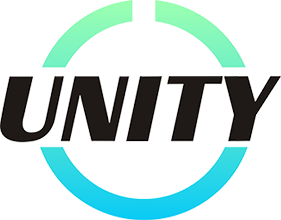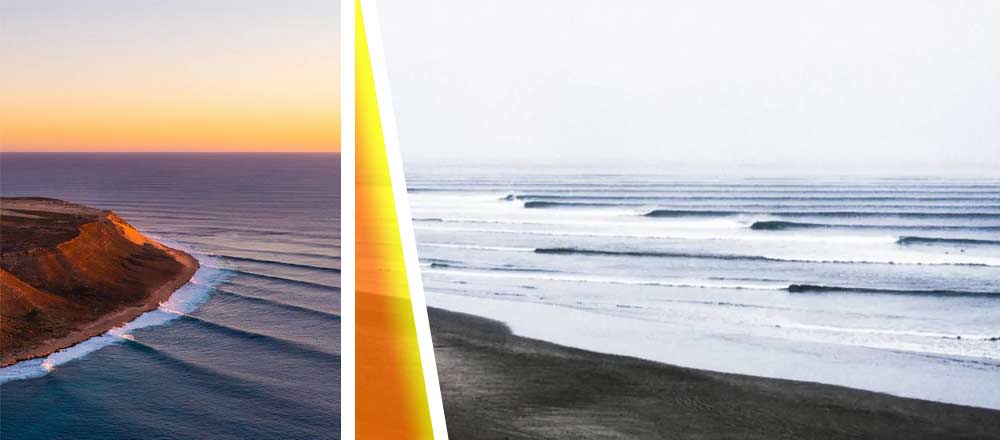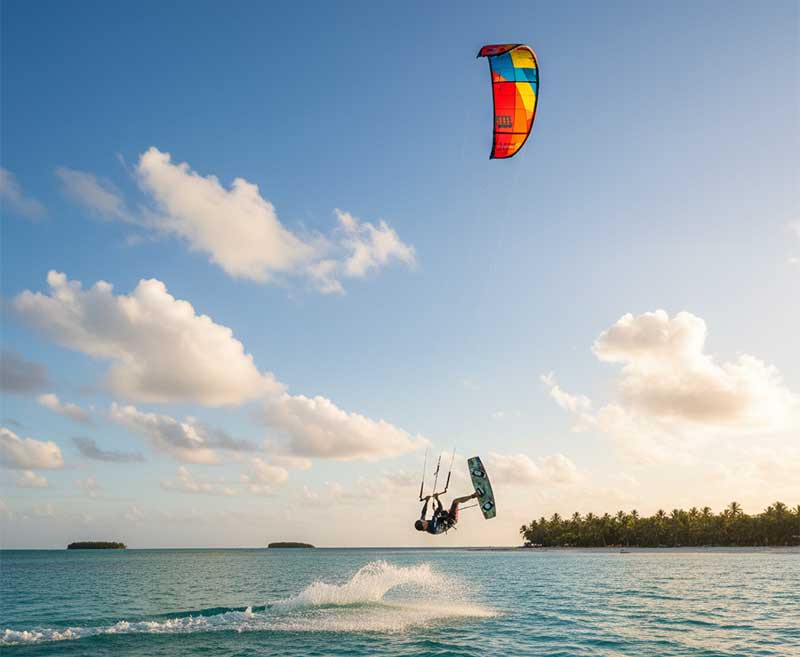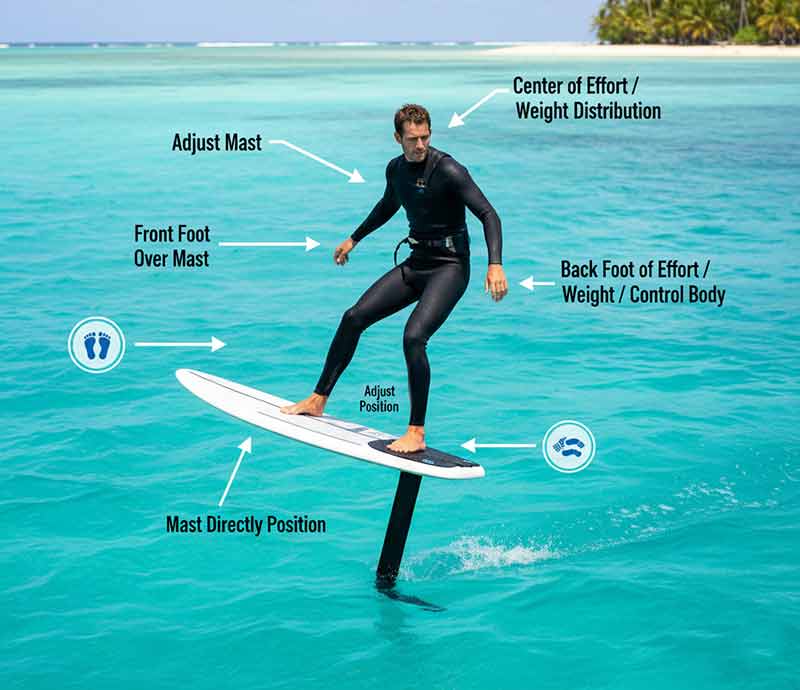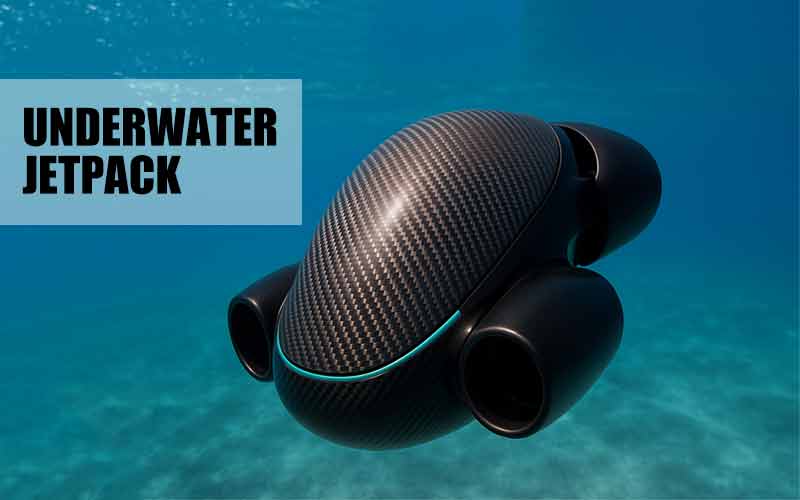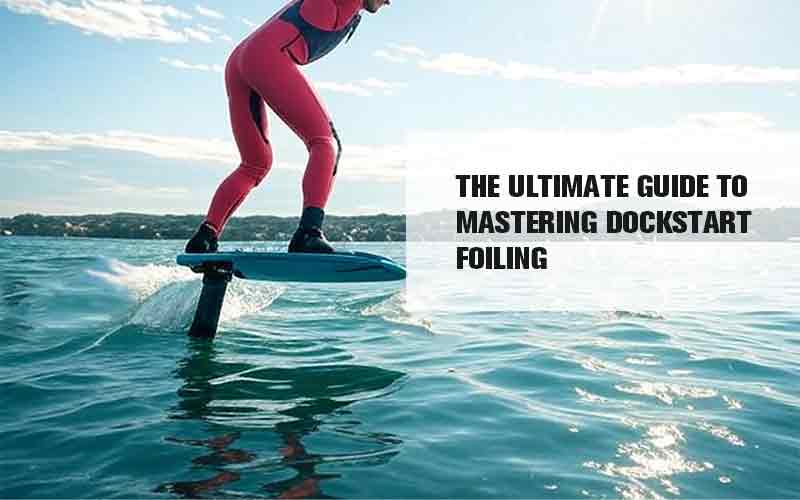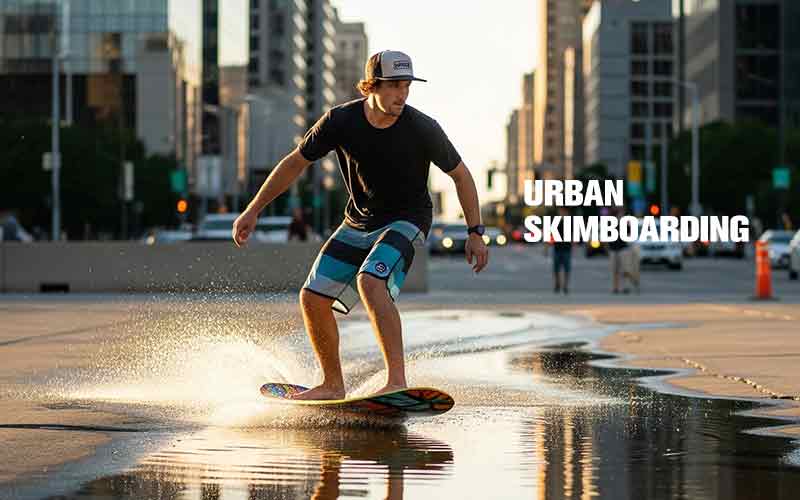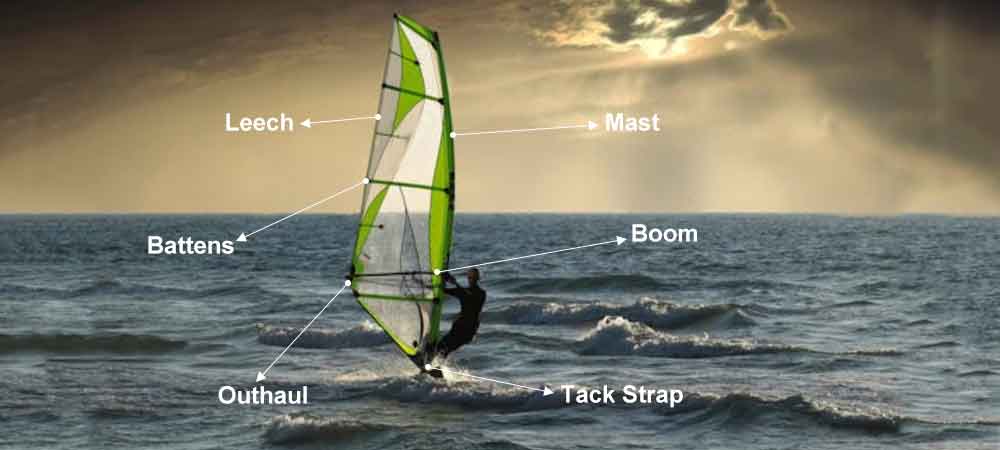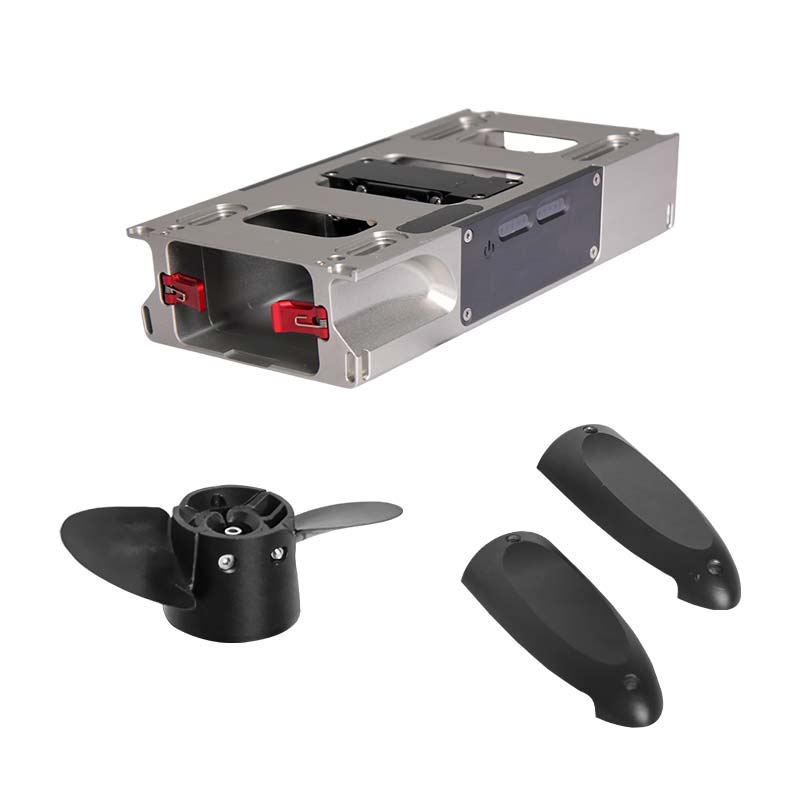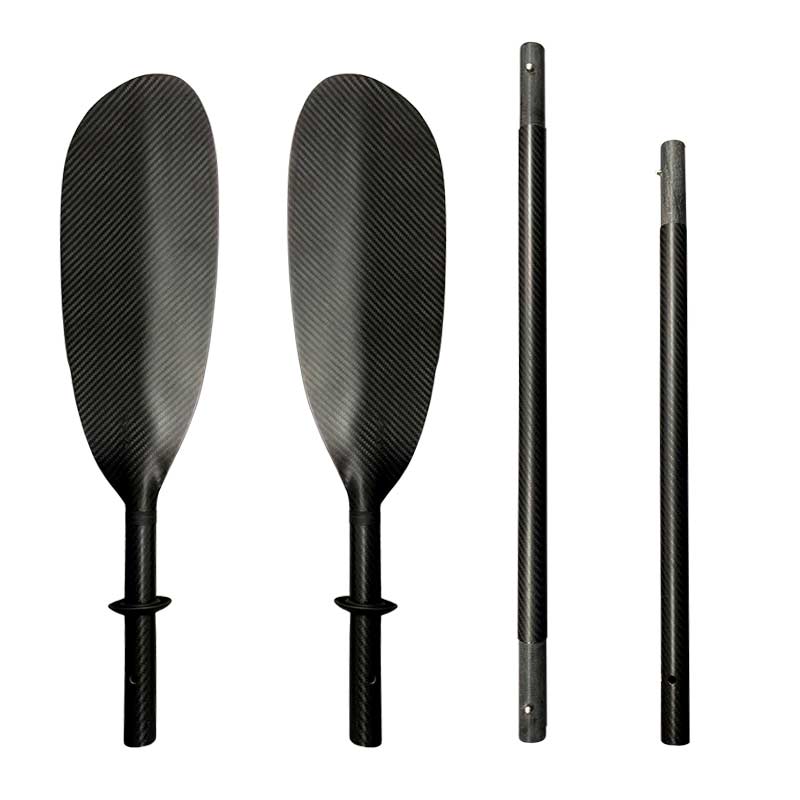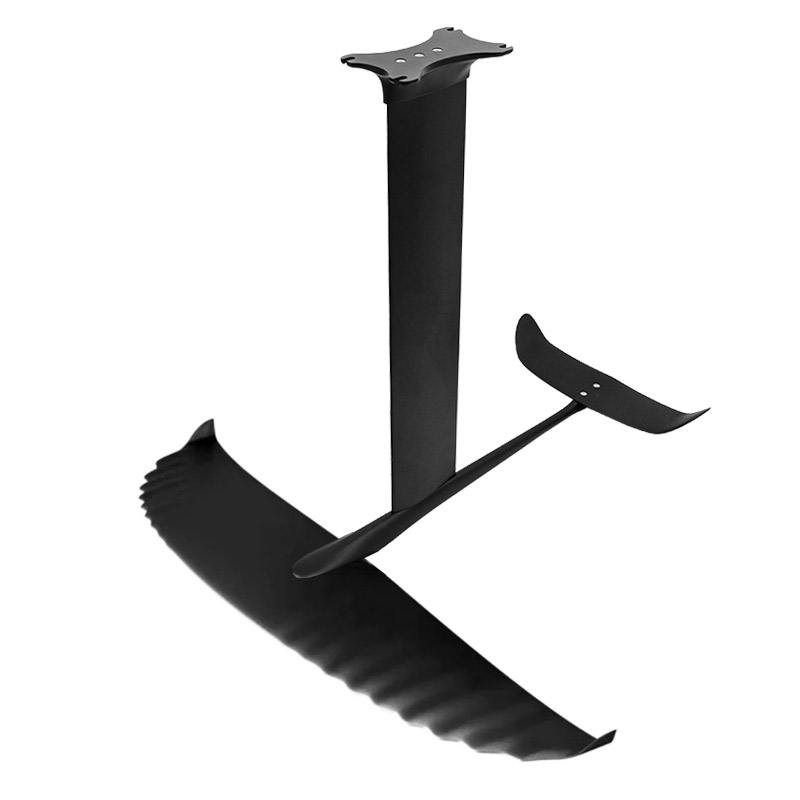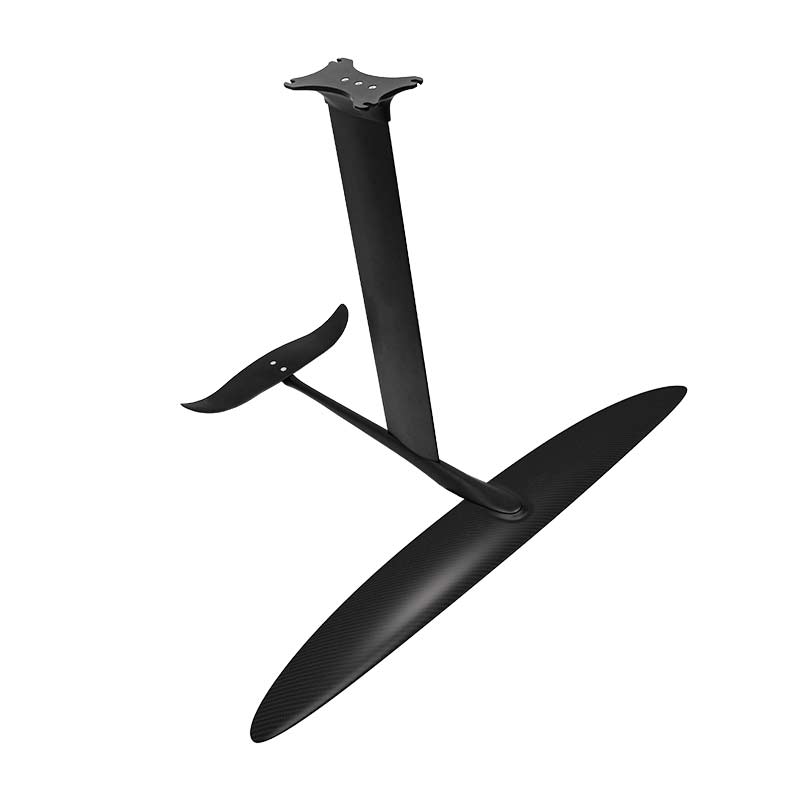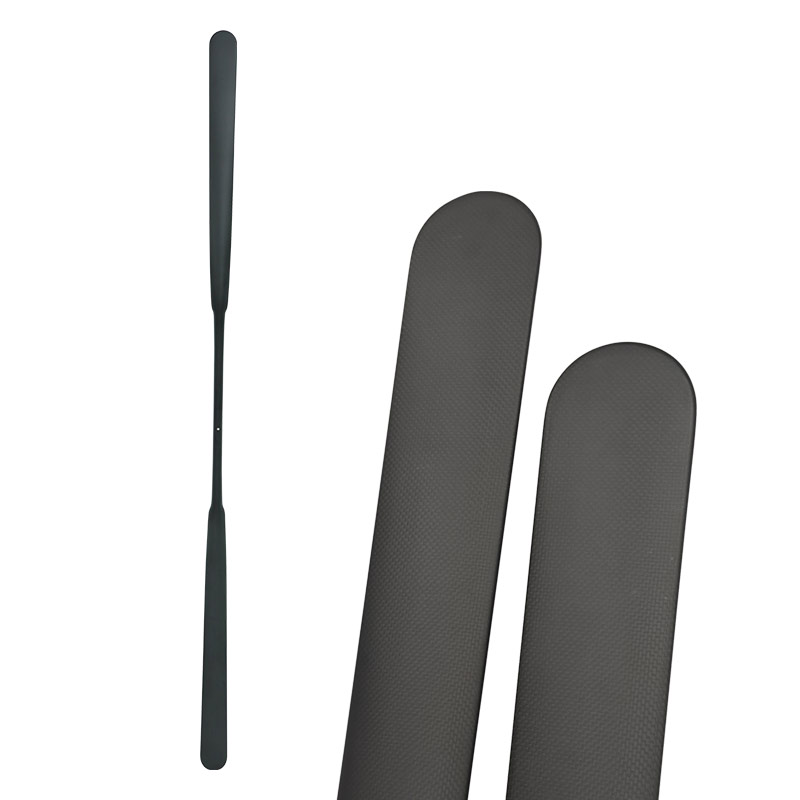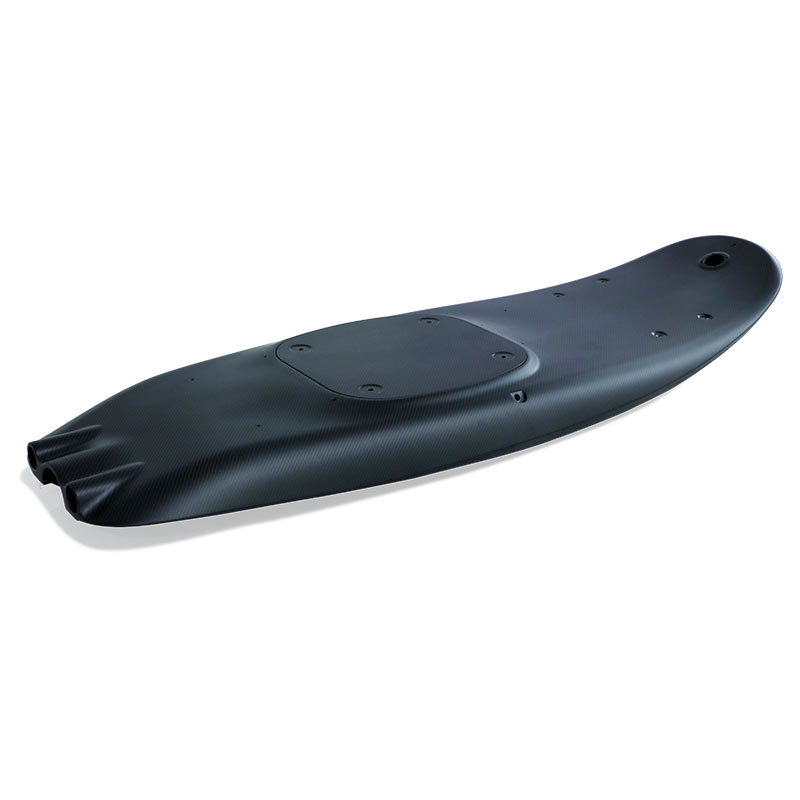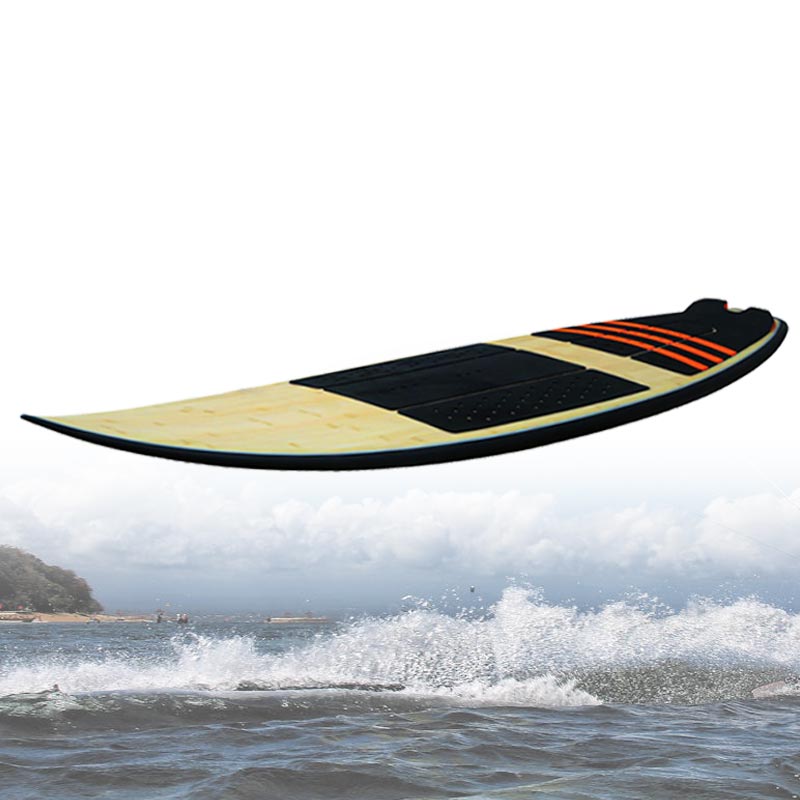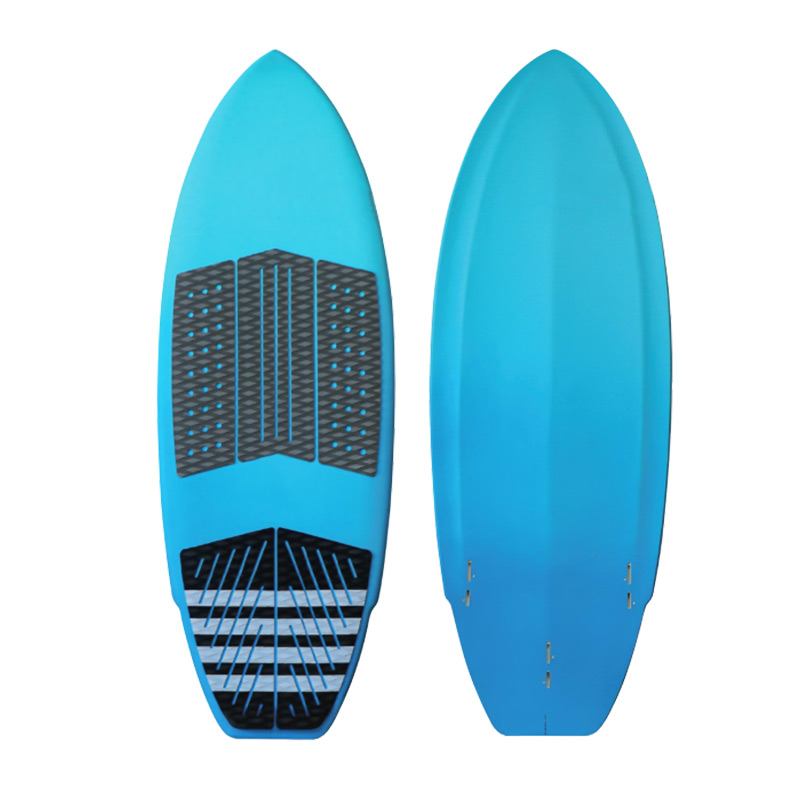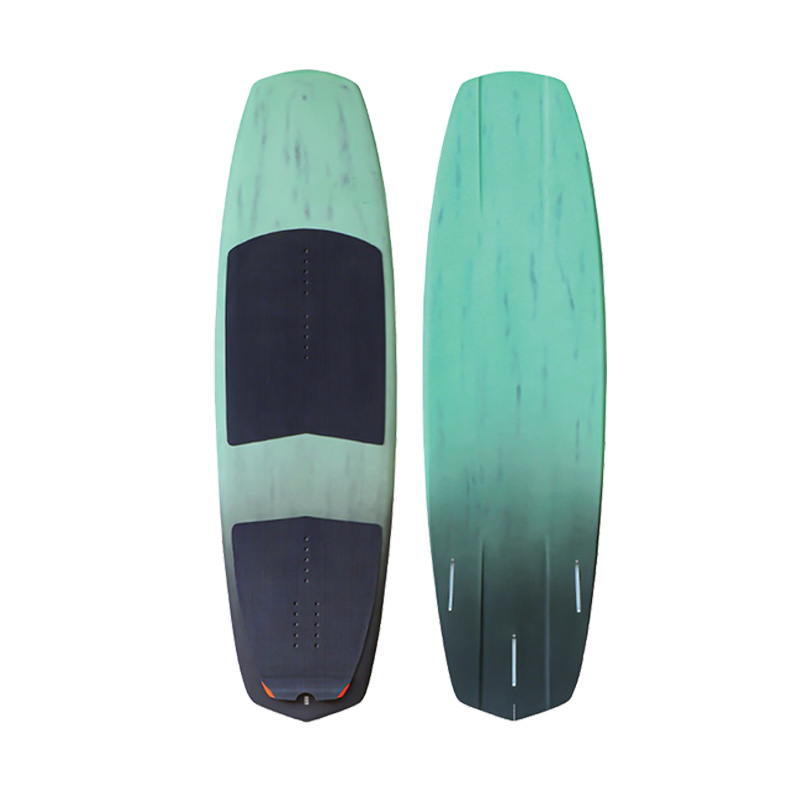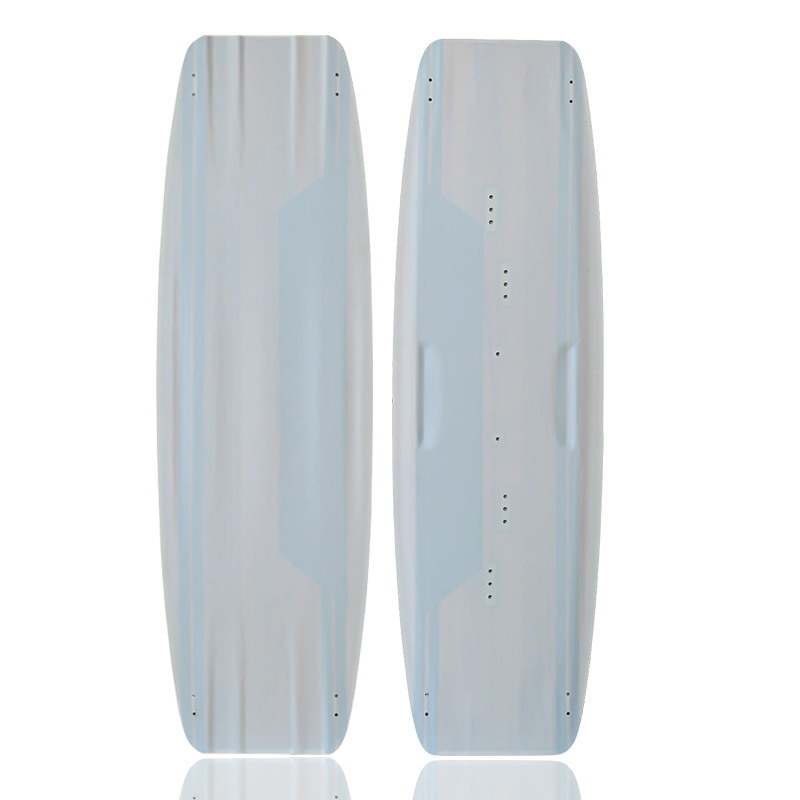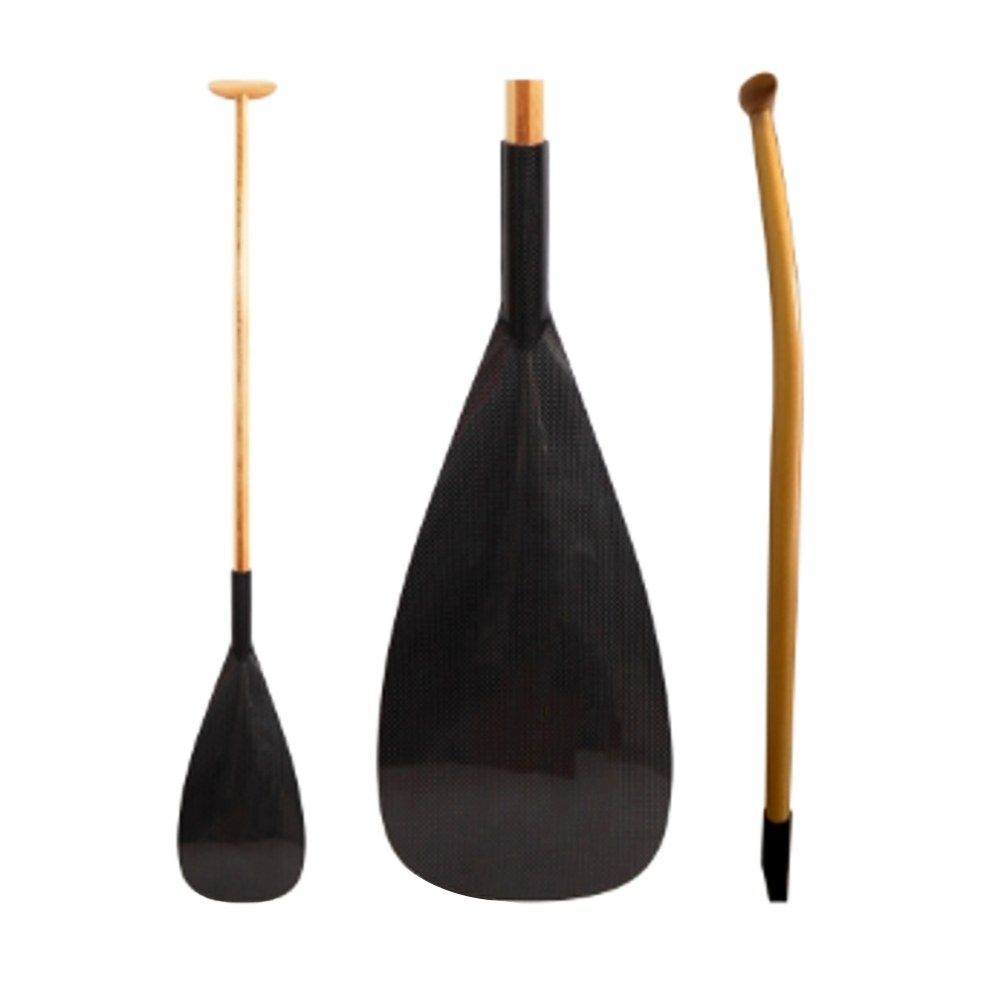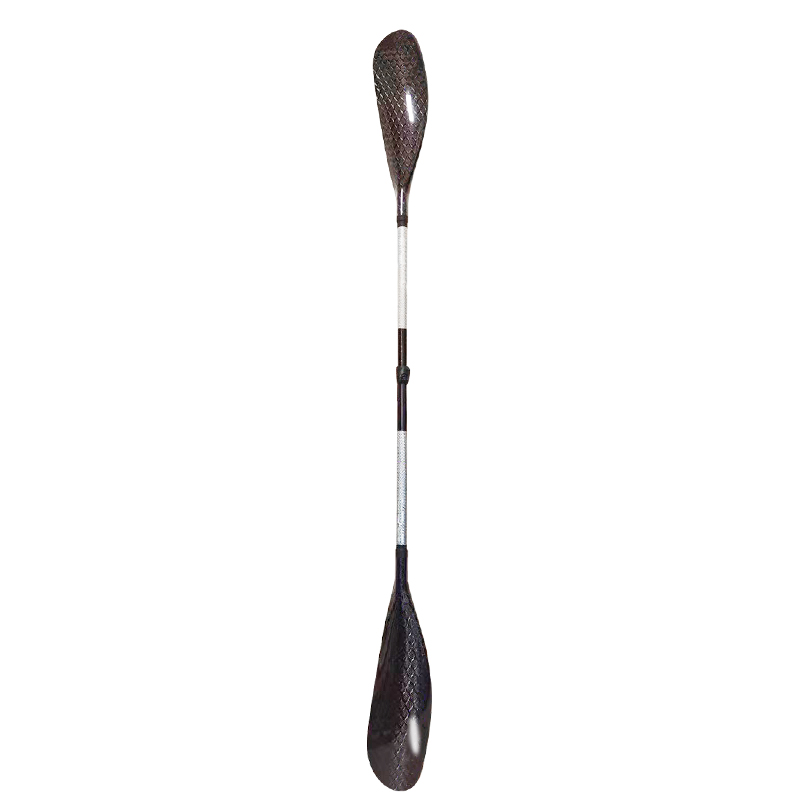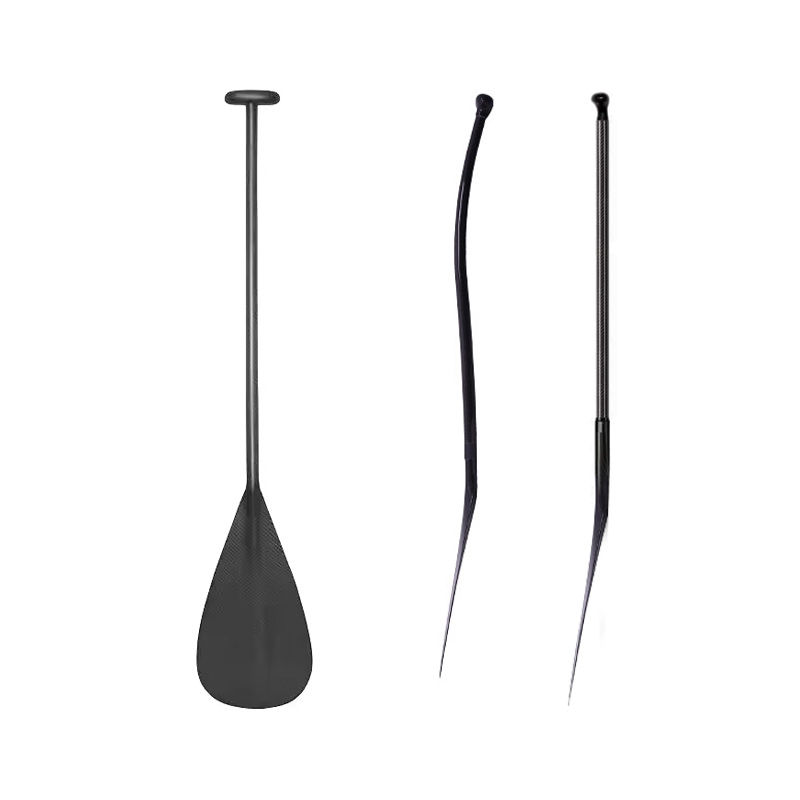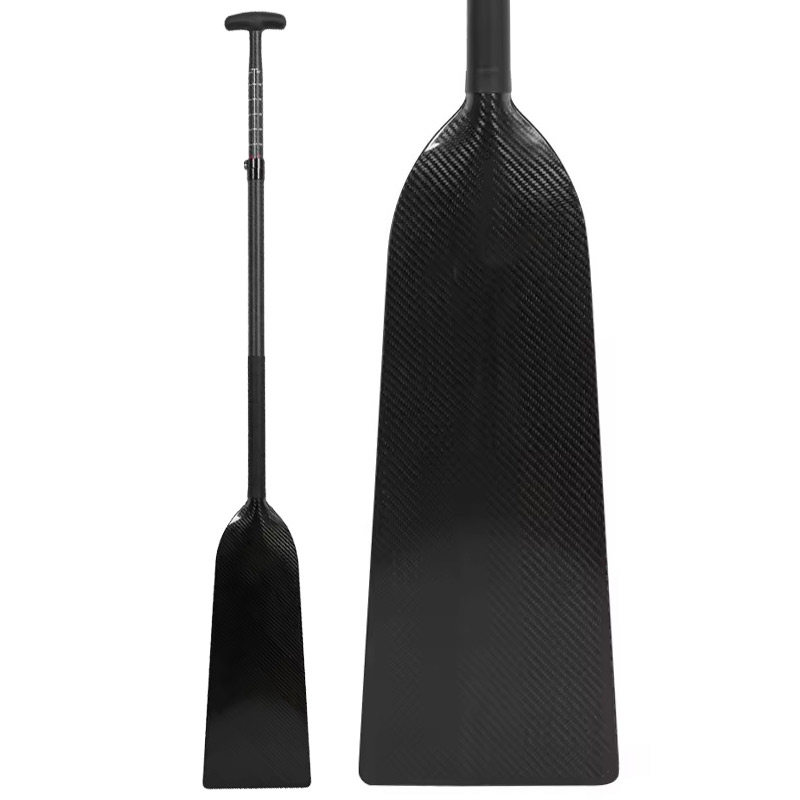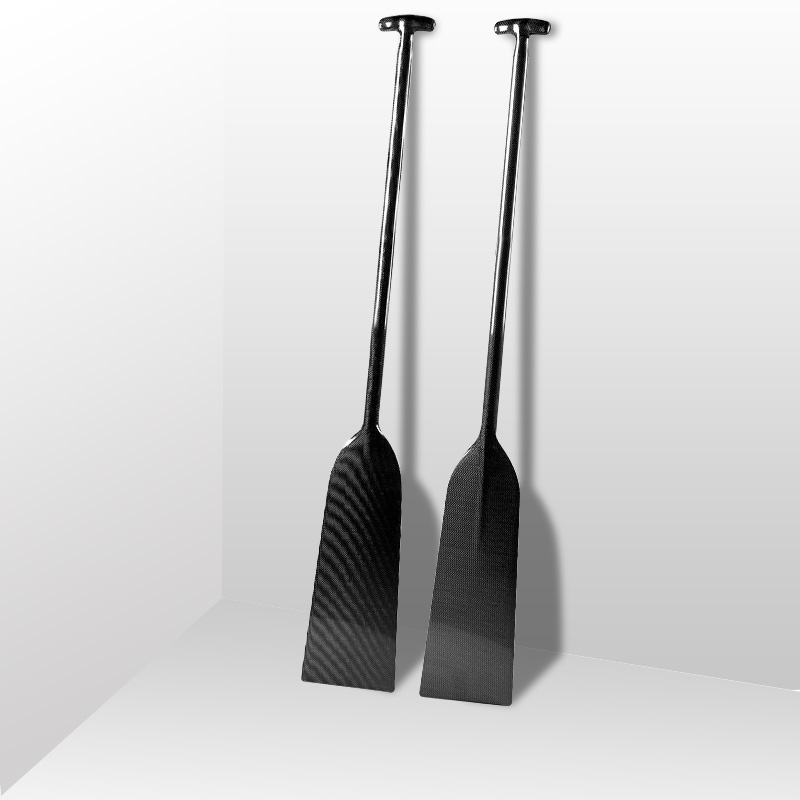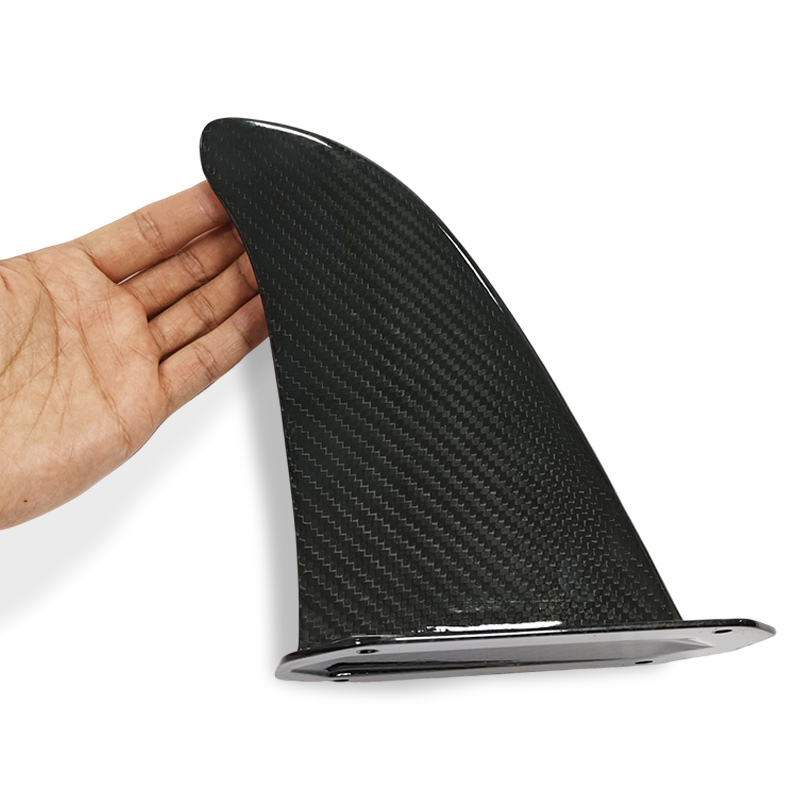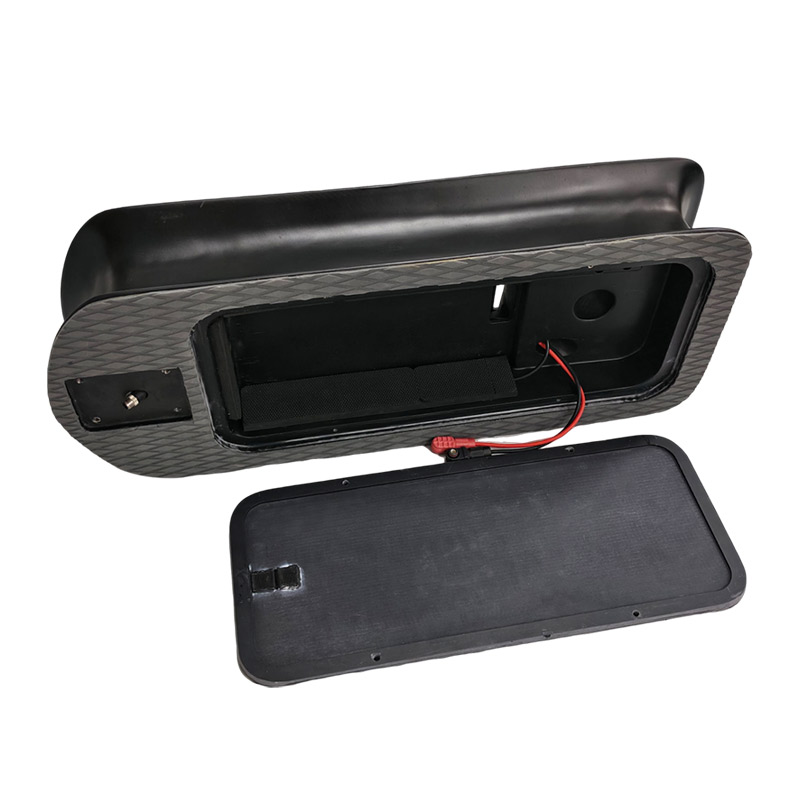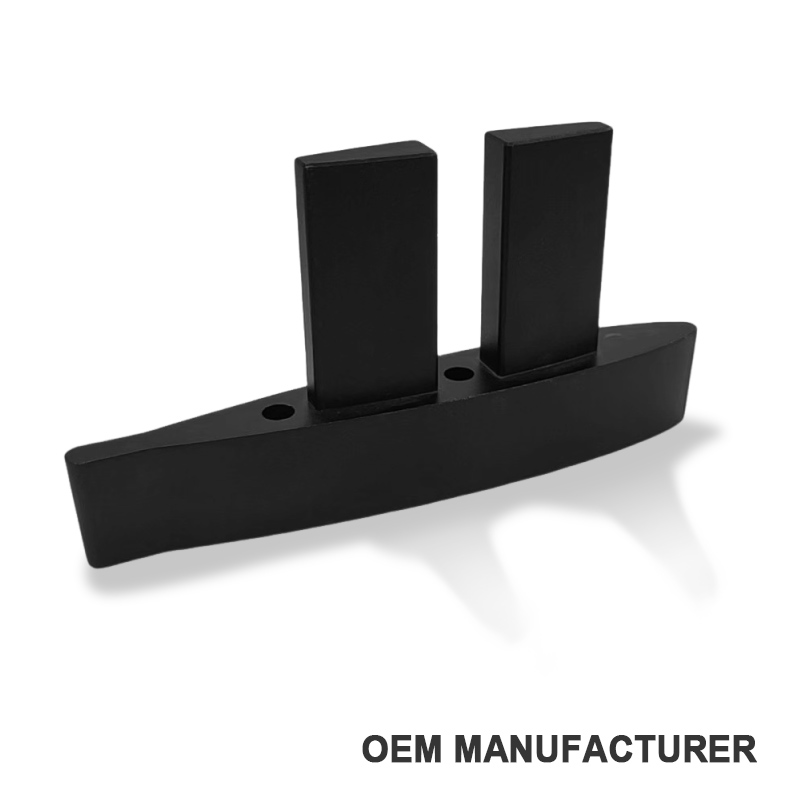Chicama wave is renowned for having one of the longest left-hand waves in the world, stretching over 2.5 kilometers. (If you want to know to read the wave, what is left-hand or right-hand wave, please click the link to check.)The wave breaks over a sandy bottom, making it accessible for surfers of various skill levels. It typically works best during the winter months (May to September) when swells are more consistent. The Chicama wave can produce long, peeling rides, ideal for both beginners and advanced surfers.

About Chicama
Chicama is located in the northwestern part of Peru, within the La Libertad region, near El Brujo and Chicama Bay. Its geographical coordinates are approximately 7.8°S latitude and 79.3°W longitude. Stretching along Peru’s Pacific coastline, Chicama is about 600 kilometers from the capital, Lima, and around 70 kilometers from the regional capital, Trujillo.
The climate in Chicama is classified as a warm desert climate, with abundant sunshine year-round. Summers, from December to March, bring higher temperatures, while the winter months, from June to September, offer milder conditions and consistent swells, making it an ideal time for surfing.
Meanwhile, nestled amidst stunning coastal landscapes, it offers a harmonious blend of vibrant culture and serene natural beauty. The local community, steeped in rich traditions, welcomes visitors with open arms, sharing insights into their lifestyle and culinary delights.
As the sun sets over the expansive Pacific, the golden hues cast an enchanting glow over the waters, creating a breathtaking backdrop for evening surf sessions. The consistent swells, particularly during the winter months, ensure that Chicama remains a cherished spot on the global surf map. For those seeking adventure and an unparalleled surfing experience, Peru’s Chicama stands as a testament to the beauty and thrill of oceanic pursuits.
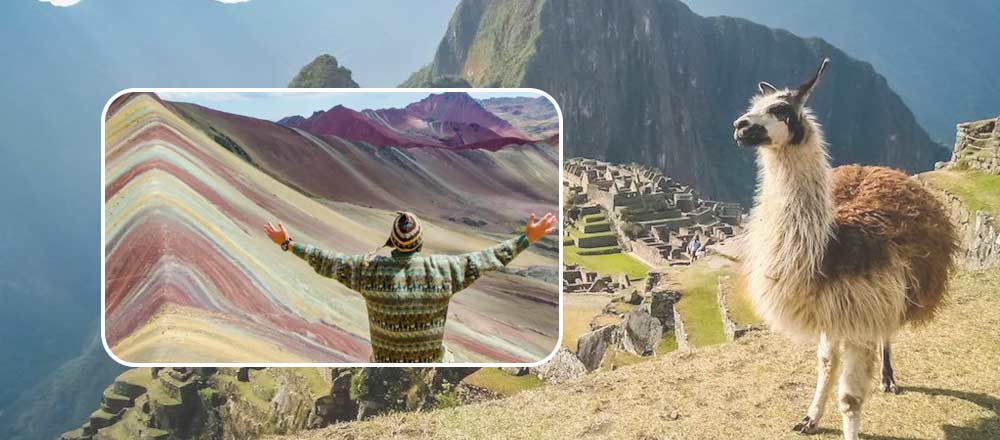
The Chicama Wave
| Chicama Wave | |
| Wave Type | Left-hand reef break |
| Best Swell Direction | S-SW |
| Ideal Size | Chest to head high (4-6 feet) |
| Best Wind Direction | SE / No wind |
| Best Tide | Low to mid-tide |
| Surf Season | April to October |
| Ideal Board Types | Midlength / Shortboards / Semi-gun |
| Skill Level | All |
| Seabed | Sand |
| Hazards | Sea urchins, reefs |
| Water Temperature | 17–21°C |
Chicama Wave Characteristics
Length and Type of Wave
The Chicama Wave is celebrated for being one of the longest left-hand waves in the world, extending over an impressive 2.5 kilometers (approximately 1.55 miles). This remarkable length provides surfers with an exhilarating ride that can last several minutes, allowing for multiple maneuvers and styles during a single wave. The wave breaks smoothly over a sandy seabed, which not only enhances its accessibility but also contributes to a softer landing, making it suitable for both novice and experienced surfers alike. The consistent and gradual rolling of the wave creates an ideal environment for long rides, setting Chicama apart as a must-visit destination for surfers seeking the ultimate thrill.
Ideal Conditions for Surfing
The ideal surfing conditions at Chicama wave typically occur from April to October, coinciding with the Southern Hemisphere’s winter season. During this time, southern swells produce optimal wave heights, generally ranging from 4 to 6 feet (1.2 to 1.8 meters). The best surf is usually found during low to mid-tide, as these conditions enhance the wave’s shape and consistency. The prevailing winds, primarily blowing offshore from the southeast, contribute to clean, well-formed waves, further elevating the surfing experience. Surfers can expect pristine conditions, with warm water temperatures averaging between 17°C to 21°C (63°F to 70°F). This combination of factors creates a perfect storm of surfing bliss, making Chicama Wave a revered destination for wave riders from around the globe.
Best Time to Surf
Seasonal Changes and Swell Patterns
The best time to surf the Chicama Wave aligns with the Southern Hemisphere’s winter season, which spans from April to October. During this period, the region experiences consistent and powerful southern swells that create ideal surfing conditions. The winter months see a significant increase in swell frequency and size, with wave heights generally ranging from 4 to 6 feet (1.2 to 1.8 meters). This consistency is largely due to the prevailing weather patterns that bring robust swells from the Southern Ocean.
As spring approaches in October, conditions can still be favorable, but the frequency and intensity of the swells may begin to taper off. Surfers who visit during this peak season can anticipate exhilarating rides, thanks to the reliable wave patterns and favorable weather conditions.
Tidal Influences on Surf Conditions
Tides play a crucial role in shaping the surfing experience at Chicama wave. The wave performs best during low to mid-tide, when the swell wraps around the sandy bottom, creating well-defined and smooth waves that allow surfers to maximize their rides. At low tide, the wave tends to break with greater power and speed, while at mid-tide, it maintains its shape and offers more forgiving conditions for surfers of all skill levels.
High tide can lead to less favorable conditions, causing the wave to lose its form and making it less rideable. Therefore, understanding the tidal schedule is essential for surfers looking to optimize their sessions and catch the best Chicama waves. By timing their visits according to the tides, surfers can enhance their chances of experiencing the wave at its most thrilling and enjoyable state.
Surfing Conditions
Wind Patterns and Their Effects on Waves
Wind patterns play a pivotal role in determining the quality of the Chicama waves. The prevailing winds typically blow from the southeast, which creates offshore conditions that are ideal for surfing. When winds blow offshore, they help to shape the waves by holding them up longer and ensuring a clean, well-defined break. This results in smooth, powerful waves that are easier to ride and maneuver.
Conversely, onshore winds can create choppy, disorganized waves, diminishing the overall surfing experience. Surfers at Chicama benefit greatly from monitoring the wind patterns, as a favorable offshore breeze can significantly enhance the conditions, allowing for extended rides and improved wave quality.
Water Temperature and Surf Gear Recommendations
The water temperature at Chicama typically ranges from 17°C to 21°C (63°F to 70°F) throughout the year, making it relatively comfortable for surfers. However, the temperature can vary depending on the time of year and weather conditions. During the cooler months, especially from June to August, a wetsuit is recommended to ensure warmth and comfort during longer sessions in the water. A 3/2mm wetsuit is generally sufficient for most surfers, providing a balance of insulation and flexibility.
For those who prefer to surf in the warmer months, a shorty wetsuit or even board shorts may be adequate. Additionally, accessories such as booties and rash guards can enhance comfort and protect against the elements. By equipping themselves appropriately for the water temperature and conditions, surfers can fully enjoy the thrilling experience that Chicama Wave has to offer.
Environmental Aspects
Natural Ecosystems Surrounding Chicama
The region surrounding Chicama Wave is characterized by a rich tapestry of natural ecosystems that thrive along the coastal landscape. These ecosystems include sandy beaches, coastal dunes, and marine environments that are home to diverse flora and fauna.
The beach area itself supports a variety of plant life adapted to sandy soils and salty conditions, while the nearby marine environments are vital for various species of fish, crustaceans, and marine mammals. The coastal waters serve as a breeding ground for several fish species, making it an important area for local fisheries. Additionally, migratory birds frequent the region, utilizing the coastal habitats for nesting and feeding. The delicate balance of these ecosystems is essential not only for maintaining biodiversity but also for supporting the livelihoods of local communities that depend on fishing and tourism.
Conservation Efforts and Challenges
Despite the ecological richness of the Chicama region, it faces numerous environmental challenges that threaten its delicate ecosystems. Pollution, particularly from plastics and waste, poses significant risks to marine life and the overall health of the coastal environment. Increased tourism can also lead to habitat degradation if not managed sustainably. In response to these challenges, local organizations and communities have initiated conservation efforts aimed at protecting the natural beauty and ecological integrity of Chicama.
These efforts include beach clean-up campaigns, educational programs promoting environmental awareness, and the establishment of protected areas to safeguard critical habitats. However, achieving lasting change requires ongoing commitment and collaboration among local stakeholders, surfers, and environmental advocates. By fostering a culture of conservation, the community can help ensure that Chicama Wave remains a thriving natural wonder for generations to come.
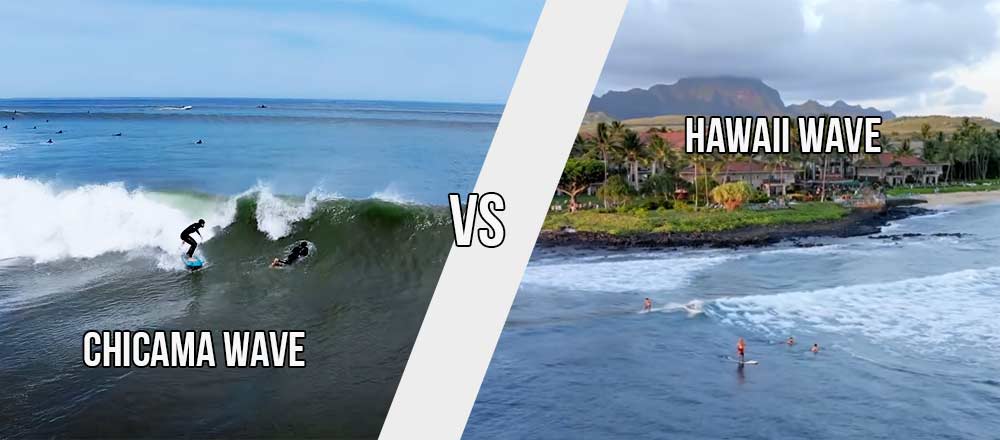
Chicama Wave vs. Hawaii Wave
| Chicama Wave | Hawaii Wave | |
| Wave Characteristics | It is renowned for being one of the longest left-hand waves in the world, stretching over 2.5 kilometers (approximately 1.55 miles) along the northern coast of Peru. It provides long, smooth rides, making it a paradise for surfers seeking extended runs. The wave generally breaks over a sandy seabed, ensuring a safer experience for surfers of all skill levels. |
It is famous for a variety of waves, including the powerful and iconic breaks found on the North Shore of Oahu, such as Pipeline and Waimea Bay. Hawaiian waves can range from short, steep barrels to longer rides, with many featuring more challenging and intense conditions due to the rocky seabeds and greater swell heights. The waves in Hawaii are often characterized by their powerful breaks and can produce some of the biggest surf in the world, attracting elite surfers seeking adrenaline-pumping challenges. |
| Surfing Condition | The optimal surfing conditions athCicama occur from April to October, particularly during the winter months when southern swells bring consistent waves. Low to mid-tide is ideal for the best wave shape, and the prevailing offshore winds contribute to clean, well-formed surf. |
Hawaii’s surfing conditions vary
significantly by location and season. |
| Local Culture and Community | Chicama has a vibrant local culture deeply intertwined with surfing. The community is known for its hospitality and its connection to the ocean, with surfing being a central part of life in the region. Local events and traditions celebrate both the sport and the rich cultural heritage of Peru. |
Hawaii, on the other hand, has a surfing culture that is historic and deeply rooted in the islands’ identity. Surfing in Hawaii dates back centuries, with indigenous practices that honored the ocean and its resources. The local culture places a strong emphasis on respect for the waves and the land, with significant traditions surrounding surfing and its communal aspects. The Hawaiian concept of “Aloha” extends to the surfing community, fostering camaraderie and respect among surfers. |
| Accessibility and Tourism | Chicama is relatively accessible, with the
nearest major city being Trujillo, located |
Hawaii is a world-renowned surf destination, attracting surfers from across the globe. However, it can be more crowded and commercialized, particularly in popular areas like Waikiki or the North Shore during peak season. The array of amenities, restaurants, and activities available in Hawaii caters to a wide range of tourists, while Chicama waves offer a more laid-back, rustic experience focused primarily on the surf and local culture. |
Conclusion
The allure of Chicama Wave is undeniable, captivating surfers from around the globe with its remarkable length and consistent conditions. As one of the longest left-hand waves in the world, it offers an exhilarating experience that few locations can replicate. Surfers relish the opportunity to ride the smooth, rolling swells, which create a sense of freedom and connection to nature. This wave is more than just a surfing destination; it is a cultural hub, fostering a community that celebrates the sport and the ocean’s beauty.
Final thoughts on its significance in the surfing world highlight Chicama wave as a beacon for both novice and seasoned surfers. It stands as a testament to the rich heritage of surf culture in Peru while also serving as a reminder of the global surfing community’s shared passion for the ocean. As environmental challenges loom, the continued preservation of such iconic waves becomes paramount. Chicama not only represents a place of athletic pursuit but also symbolizes the enduring spirit of surfing—a sport that transcends borders and connects people to the natural world.
